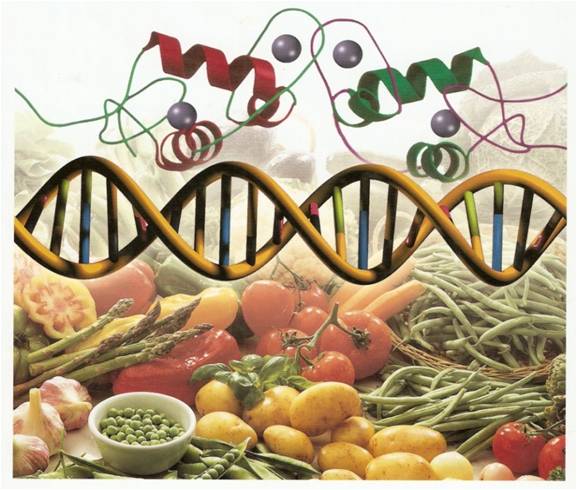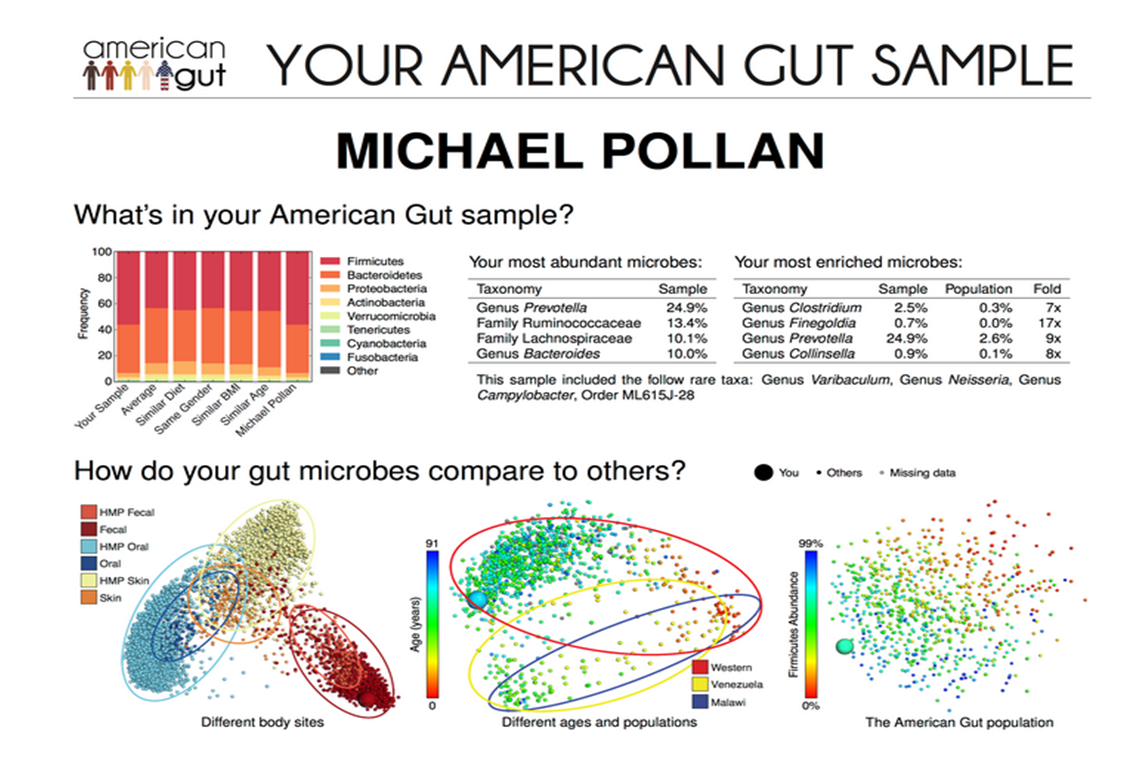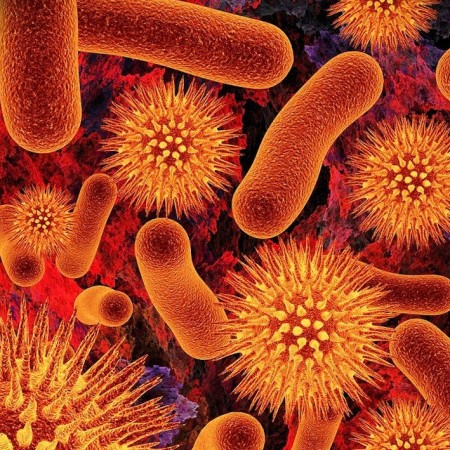
How are recent genetic discoveries transforming our understanding of nutrition and our view of food practices? What do our culinary cultures tell us about our history, epigenetics, and health? Traditionally, studies of the interaction of genes and nutrients or the physiology of nutrition have been far removed from the study of eating habits and culinary cultures. However, recent research and results at the molecular and cellular biology level deeply impact our current vision of food and nutrition. We now realize to what extent genetics, nutrition, and cooking are interdependent fields of study. Life sciences and social sciences are intertwined whether through biodiversity and environmental issues, or genetic and social causes of obesity.

colonie de bacteries intestinales
The recent development of genomics, epigenetics, and research on the “microbiota” is also shifting our representations of the idea of health. Bioinformatics redraws the ancient pastorian cartographies of the “microbe world” and enables us to explore the “micro-living” at the core of the human body. Almost 9 out of 10 cells in our body are microbes. They live in us, form complex ecosystems, are involved in the development of proteins and vitamins, and in the development of the immune system. In fact, 3.3 pounds of microbes contribute to our digestion and health every day. In September 2014, the world’s first zoo for microbes (“Micropia“) opened its doors in Amsterdam. There you’ll find bacteria, fungi, viruses, microalgae, aspergillus are all under the spotlight!

Today we are able to sequence the genome of the microbial communities that live within us due to new “computational genetics” algorithms. We are equipped to understand the richness of the co-evolution between humans and microbes. When it comes to “good microbes” and “bad microbes” which are the most useful to our health and our food?







